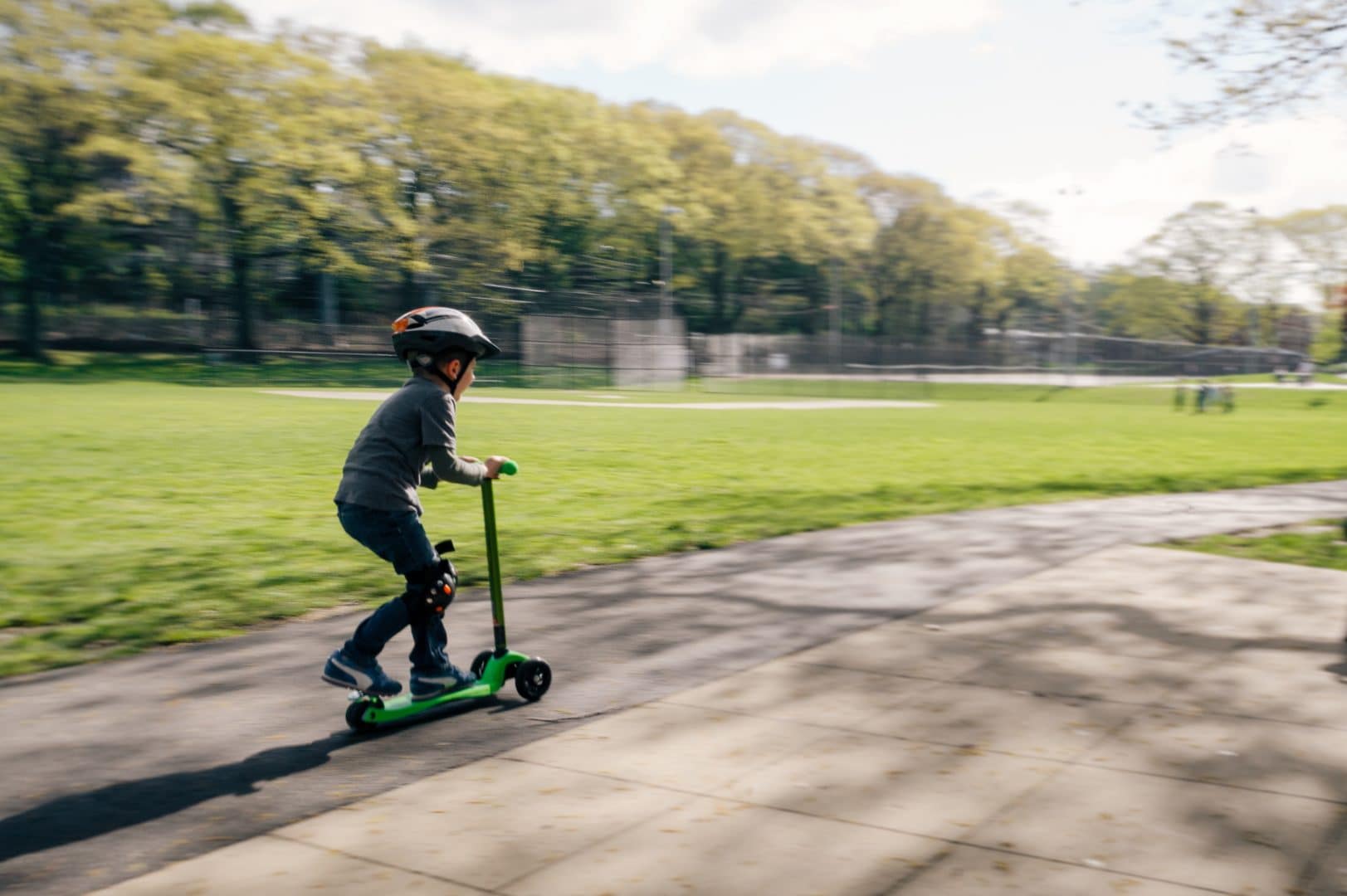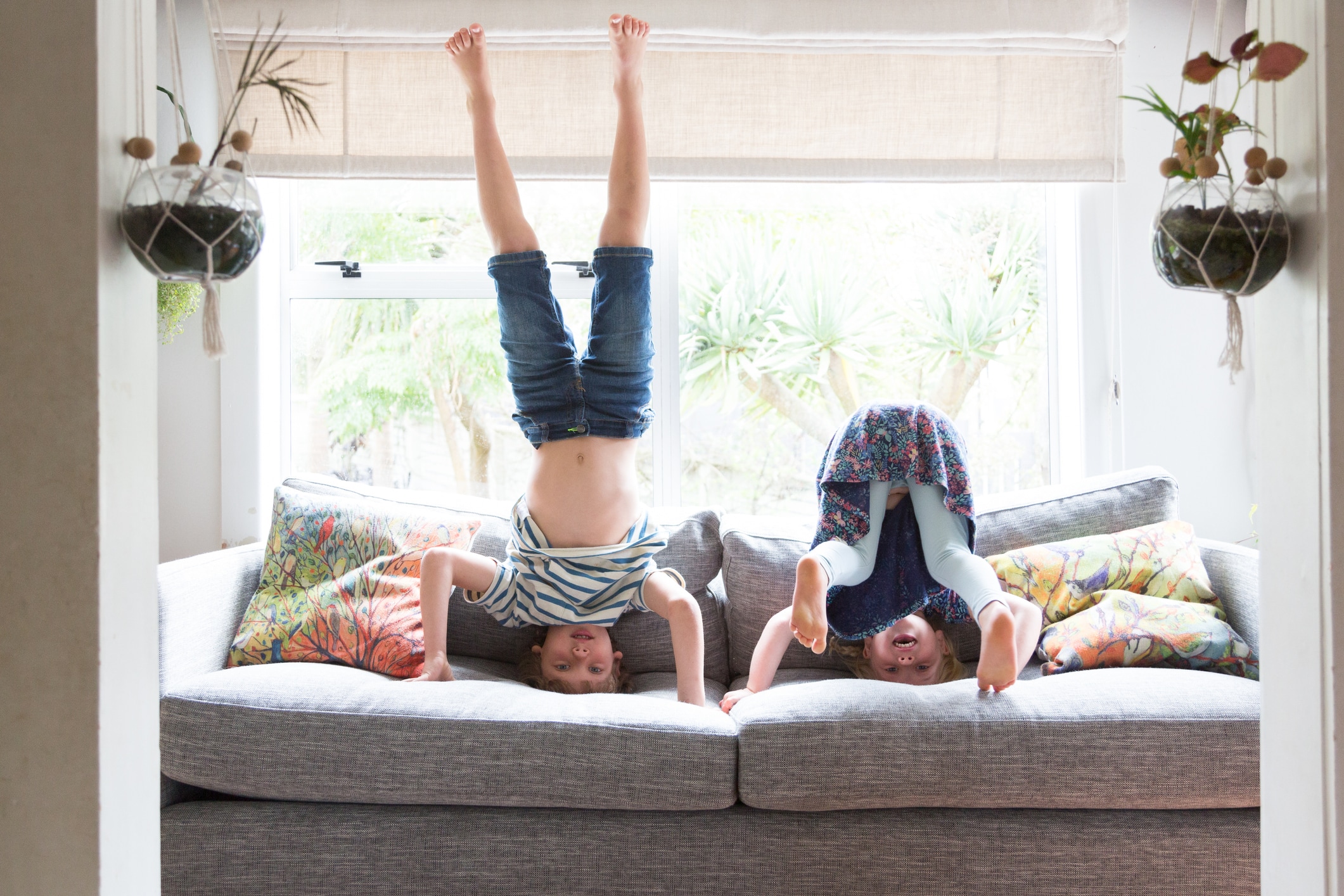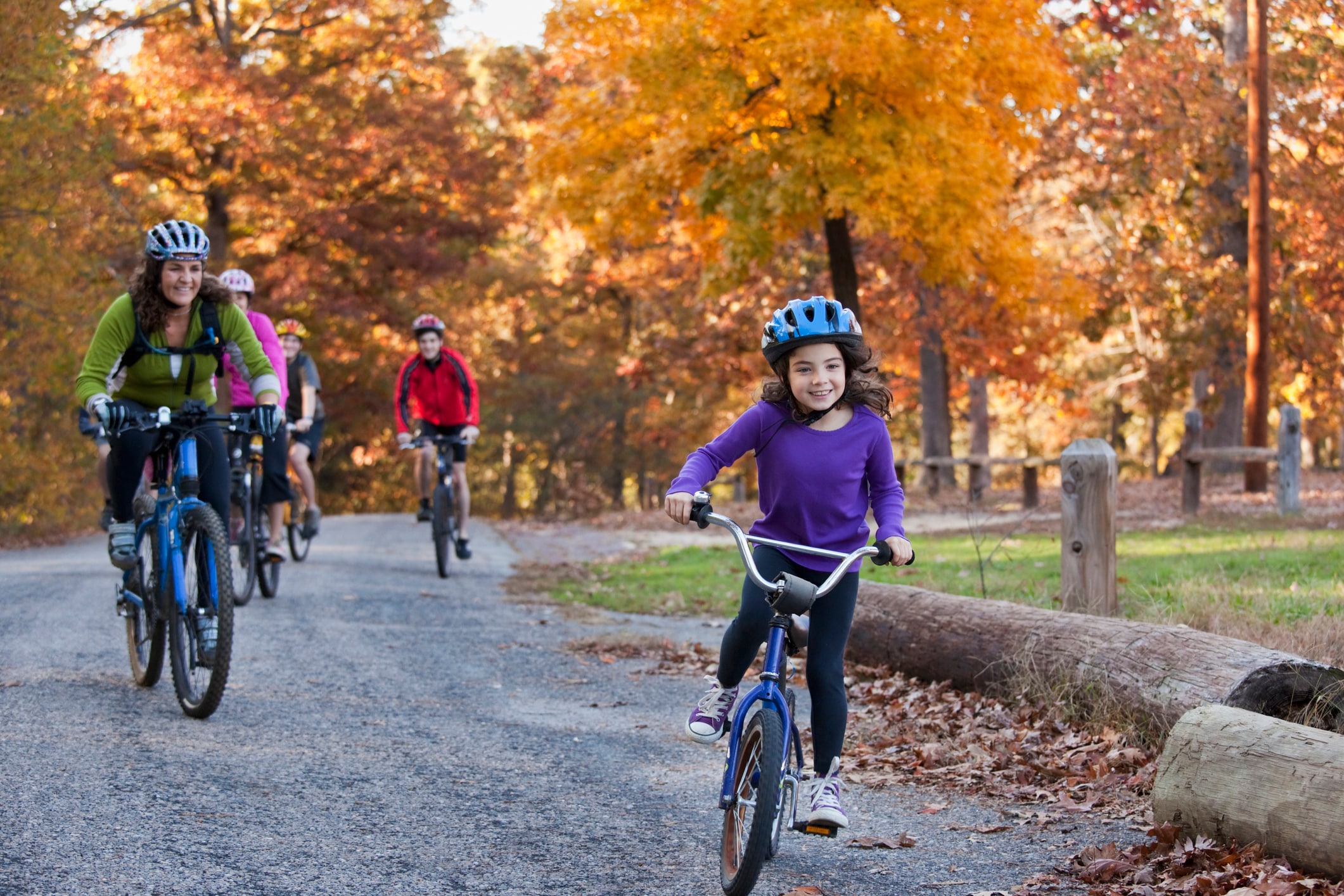Care.com has worked with a variety of experts to find the perfect exercises and activities for kids based on their age group. Read below to discover new ways that you — and your babysitter or nanny — can keep the kiddos entertained and healthy. Then, tell us your favorite exercises to do with kids in the comments below.
The Guidelines on Physical Activity for Preschoolers
The National Association for Sport and Physical Education (NASPE) has shared the following guidelines for the amount — and type — of physical activity preschoolers should get in a day:
- Guideline 1: “Preschoolers should accumulate at least 60 minutes of structured physical activity each day.”
- Guideline 2: “Preschoolers should engage in at least 60 minutes — and up to several hours — of unstructured physical activity each day, and should not be sedentary for more than 60 minutes at a time, except when sleeping.”
- Guideline 3: “Preschoolers should be encouraged to develop competence in fundamental motor skills that will serve as the building blocks for future motor skillfulness and physical activity.”
- Guideline 4: “Preschoolers should have access to indoor and outdoor areas that meet or exceed recommended safety standards for performing large-muscle activities.”
- Guideline 5: “[Child care professionals] and parents in charge of preschoolers’ health and well-being are responsible for understanding the importance of physical activity and for promoting movement skills by providing opportunities for structured and unstructured physical activity.”
From the Experts: Examples of Fun Indoor Exercises for Preschoolers
“I think activities where they practice moving in space is huge,” said Ty Kain, who teaches athletics at Global Village Academy in Colorado. “They also learn basic locomotor skills, such as jumping, hopping, skipping, walking, jogging, and running, which are all important.”
“Parachute games work well with this age group, as well as simple skills like throwing or kicking a ball,” said Len Saunders, an author, teacher, and exercise physiologist. “You can start to introduce simple jumping rope and hula hoop activities.”
Another game that experts recommend for this age group is “Sleeping Giants.” Here’s how you play:
- Tell the kids that they’re going to pretend to be giants who like to jump — then have them bounce up and down for practice.
- When you say “Sleeping Giants,” the kids have to stop jumping and lie very still on the floor.
- When you say “Waking Giants,” the children will jump up and down until you call out “Sleeping Giants” again.
The best part about this game is that parents can get creative by changing the name of the game to any fun creature they know their child will respond to, such as “walking penguins,” “hopping frogs,” “skipping elephants,” and “crawling bears.”
The Physical and Mental Skills They’re Developing
- Gross Motor Skills:
- They’re improving their Improved proficiency, control, and balance while walking, running, jumping, hopping, skipping, and marching.
- They’re also developing a stronger sense of body awareness.
- Listening & Understanding:
- They’re developing the ability to follow simple and multiple-step directions.
- Physical Development:
- They’re developing the ability to engage in moderate to vigorous intensity activity, which increases cardiovascular and muscle strength, as well as endurance.
- Social/Emotional Development:
- They’re developing a feeling of belonging, as well as a sense of humor.
Originally written by Anne Etra. Updated by Jerriann Sullivan on June 15, 2017.
* This article is for general informational purposes only. It is not intended nor implied to be providing medical advice and is not a substitute for such advice. The reader should always consult a health care provider concerning any medical condition or treatment plan. Neither Care.com nor the author assumes any responsibility or liability with respect to use of any information contained herein.





